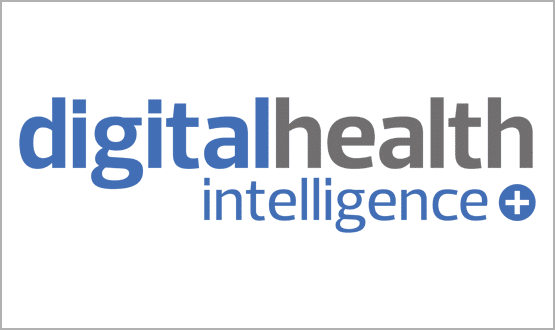CDMI trends show funds will be needed to hit paperless 2020
- 1 November 2016
Achieving a fully digital NHS will not be achieved before 2020 without significant additional funding, Digital Health Intelligence analysis has shown.
The latest Clinical Digital Maturity Index trends were revealed at EHI Live 2016 on Tuesday, and echo the conclusions of the review of NHS IT commissioned by health secretary Jeremy Hunt from US ‘digital doctor’ Bob Wachter.
That review’s report, released in September, suggested that the government’s ‘paperless 2020’ goal was unrealistic and underfunded.
It argued that 2023 was more achievable target for a digital NHS. It also recommended that more digitally advanced trusts should be the focus for central funding, so they could support others locally.
While the report has been praised by government, and a programme of global and national exemplars has been announced, the 2020 target remains in place.
Speaking at EHI Live 2016 on Tuesday, Digital Health Intelligence senior analyst Suzanne Armengol said that on current projections, even the 2023 target was unlikely to be met.
“Based on the IT spend, we do see that the paperless 2020 objective will be very hard to achieve.”
Digital Health Intelligence maintains a database of the key administrative and clinical systems installed at NHS trusts. From this, it calculates a Clinical Digital Maturity Index score for each trust.
The CDMI scores can be used to track digital maturity over time, and to compare the maturity of different organisations. Armengol focused on the adoption of electronic clinical notes, electronic documents and e-observations.
Uptake of these clinical systems has jumped in the past four years, she said, thanks to support from the two technology funds that were put in place to support Hunt’s paperless ambitions, and to the Prime Minister’s Nursing Technology Fund.
All trusts should adopt these systems by 2023 if current trends continue, she added; although this implies that central funding will be mainted and the structure of the market will not change.
However, adoption of e-prescribing has been much slower and will need significant additional investment if trusts are to meet the 2023 target. Even ‘simple e-prescribing’ (outpatients) would take until 2027 on current trends, Armengol said.
E-prescribing was a particular focus of the tech funds. However, many projects slated for funding by the Integrated Digital Technology Fund, or tech fund 2, failed when it was cut by the Treasury to tackle winter pressures in 2014.
Since then, the market has been flat. “In this case, we think that the Wachter review is over optimistic,” Armengol said. “To meet the 2023 timeline will need a significant amount of funding, not only in e-prescribing but in digital infrastructure.”
Overall, the figures show most trusts are still taking a ‘best of breed’ or in-house approach to clinical systems rather than opting to go with one of the big ‘single system’ suppliers.
A full CDMI report, CMDI +36, will be published early next year.




